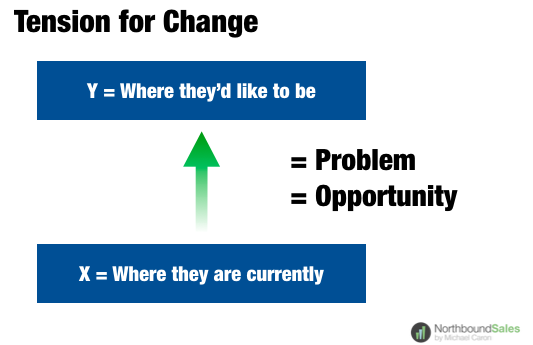Sales managers are usually promoted into their positions because they were good individual performers. They were consistent performers in their work and they showed an interest in advancing their careers by earning their promotion into management. They were offered their sales manager position because senior management felt they were competent. But have they been trained on how to “coach and counsel” their people to be as successful as they were? Here are seven tips for coaching success:
1. Coach all the people on your team – the top performers, those in the middle and the bottom.
2. Coach each person one-on-one regularly – a good rule of thumb is 1/2 day a month – more often when possible. Some people will need more frequent coaching, depending on their development level.
3. Do not ignore the problem thinking it will get better by itself – it won’t.
4. The biggest mistake I see when I’m “coaching the coach” is that the sales manager takes over the call and doesn’t get a good look at what the salesperson does when they’re not there! When together, avoid jumping in at the first sign of trouble. You’re there to coach, not do the call yourself. Don’t let them drown either.
5. Find something positive to say in every coaching session.
6. Have them analyze their performance first – what they like best and least – and then give your feedback. You want your people to get into the habit of reviewing the quality of their calls even when you’re not there.
7. Recommend and model the preferred method – Goal Aligned™ Selling. Team less experienced people with your best people.
One of the most important jobs for a sales manager, is to help his or her people become successful. Starting right now you have to help your people become the best they can be. You will be successful when you help your people grow and enhance their performance. Perhaps they will become even more adept than you were in that function. How can you do that? By coaching and counselling your people to achieve the desired results.






